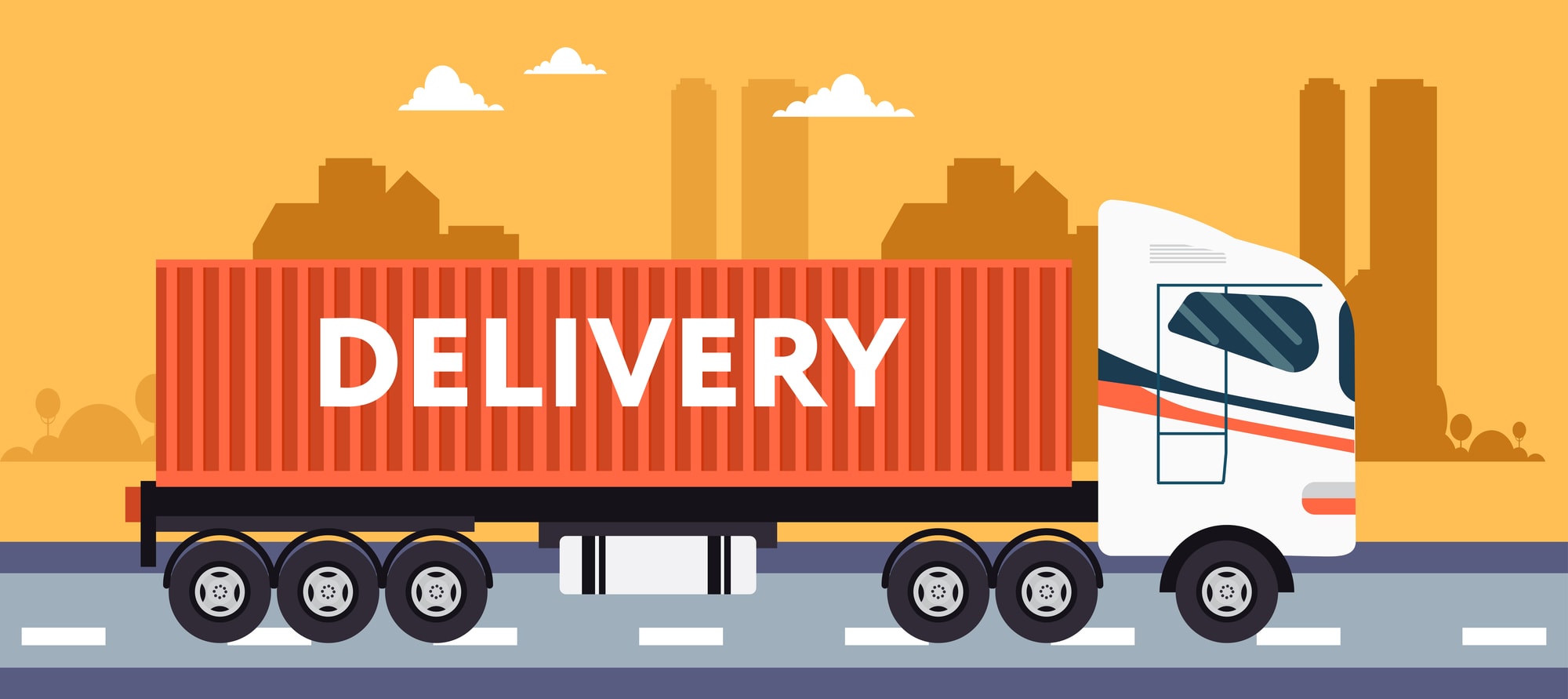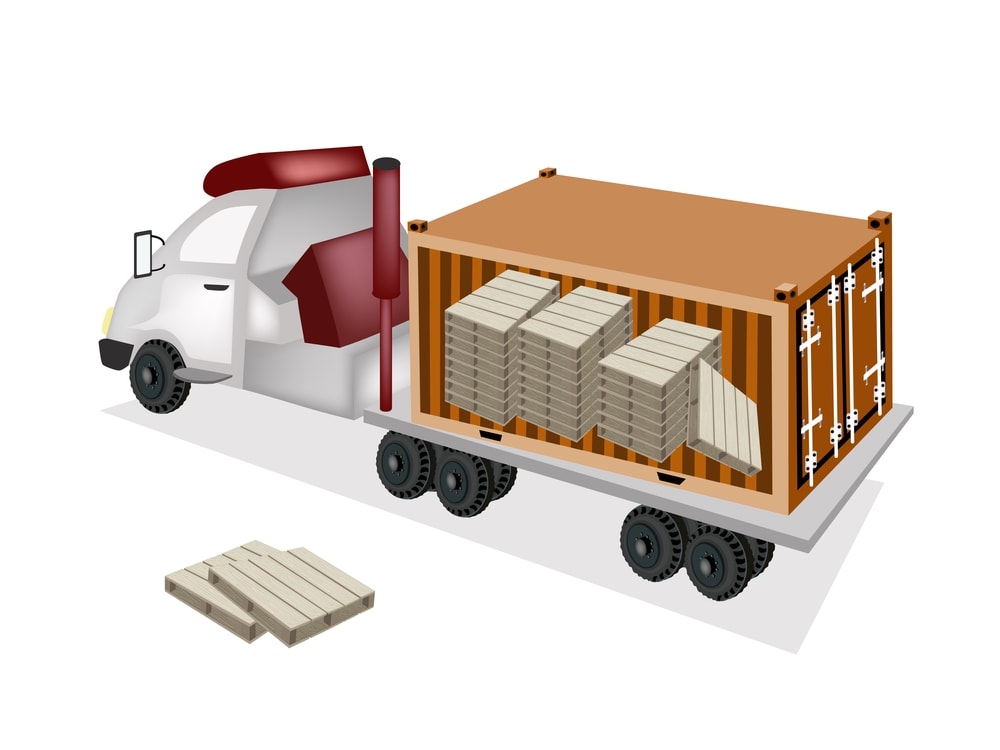Cutting Costs Without Cutting Corners
Freight shipping is a necessary expense for businesses moving goods, but high freight shipping costs can quickly eat into profits. While reducing expenses is a priority, cutting costs shouldn’t mean compromising delivery reliability, customer satisfaction, or strong partnerships with freight carriers.
Many shippers unknowingly overspend due to inefficient shipping services, poor route planning, and a lack of insight into freight rates. Factors like freight class, carrier selection, and working with a freight broker all play a role in determining freight rates—and optimizing these elements can lead to significant savings.
At ShipEX Logistics, we help businesses lower freight costs by refusing to sacrifice service quality. In this guide, we’ll share key strategies to optimize shipping, improve efficiency, and keep costs in check—while ensuring your supply chain runs smoothly.

1. Consolidate Shipments for Better Pricing
If your business frequently ships smaller loads, LTL (Less Than Truckload) shipping costs can add up fast. Unlike full truckload (FTL) shipments, less-than-truckload freight moves through multiple terminals before reaching its destination, leading to higher costs and potential delays.
One way to reduce expenses and improve efficiency in your supply chain is by freight consolidation. Combining smaller cargo loads into larger FTL shipments helps lower per-unit costs, minimizes handling fees, and can even improve transit times.
Cost-Saving Strategies:
-
Combine LTL shipments into FTL (Full Truckload) – Whenever possible, group multiple LTL shipping loads together to reduce accessorial charges and streamline transport.
-
Leverage logistics expertise – A strategic freight partner can help optimize shipment consolidation based on routes, volume, and carrier availability.
-
Schedule bulk shipments – Planning ahead and moving goods in bulk allows businesses to negotiate lower contract rates, avoiding costly spot rates.

2. Optimize Freight Routes & Mode Selection
Selecting the right freight shipping mode and routes is essential for controlling costs. Inefficient lanes, unnecessary long-haul trucking, or using the wrong freight forwarders can lead to inflated freight rates. By optimizing shipping strategies, businesses can cut expenses while maintaining service quality.
How to Save Money on Freight Routes:
-
Leverage intermodal shipping – For long-haul freight, rail transport is often a cost-effective alternative to trucking, helping businesses reduce fuel expenses and lower overall shipping costs.
-
Reassess shipping lanes regularly – Freight rates fluctuate, and adjusting routes based on changing costs, demand, and carrier availability can unlock savings.
-
Utilize regional carriers – For short-haul freight shipping, regional carriers often offer lower rates than national providers, reducing costs without sacrificing service.

3. Reduce Accessorial Charges & Hidden Fees
Unexpected accessorial charges can inflate freight rates by 10-20%, making it harder to control costs. Many of these fees stem from incorrect freight class, delays in shipment processing, or failure to meet specific handling requirements. By addressing these factors, businesses can avoid unnecessary expenses while ensuring smooth delivery for their customers.
How to Avoid Unnecessary Fees:
-
Ensure accurate freight classification – Misclassifying cargo can lead to costly reclassification fees. Verifying the correct freight class before shipping helps prevent unexpected charges.
-
Provide proper loading/unloading equipment – If a shipment requires a liftgate or manual handling at pickup or delivery, failing to prepare for these needs can result in additional fees. Ensure the right equipment is available to streamline the process.
-
Use a digital Bill of Lading (BOL) – Errors in documentation can trigger accessorial fees. A digital BOL minimizes clerical mistakes and ensures accurate information for smooth shipment processing.

4. Strengthen Carrier Relationships
Freight costs fluctuate with market demand, making it challenging for shippers to maintain stable pricing. However, businesses that build strong relationships with carriers often secure better freight rates, priority service, and reliable capacity—especially during peak shipping seasons. Strengthening these partnerships can lead to long-term cost savings and improved service quality.
How to Build Better Carrier Partnerships:
-
Commit to consistent volume – Carriers reward shippers who provide reliable, repeat business with lower rates and priority service.
-
Plan ahead to avoid last-minute bookings – Urgent shipments often come at a premium. Advanced scheduling helps secure better pricing and availability.
-
Partner with an asset-based carrier – Working with a dedicated provider or a broker with trusted carriers like ShipEX Logistics ensures contracted capacity and more predictable freight costs in a volatile market.
By fostering strong relationships with trusted carriers, businesses can reduce shipping expenses while securing reliable freight service, ensuring smooth operations even in tight-capacity markets.

5. Use Technology for Real-Time Cost Optimization
Many shippers overpay for freight shipping simply because they lack real-time visibility into freight rates, route efficiency, and cost trends. Without the right data, it’s easy to miss opportunities for savings and efficiency improvements. Leveraging smart technology can help businesses streamline shipping operations, reduce unnecessary expenses, and make more informed decisions.
Smart Technology Saves Money:
-
Freight tracking platforms – Real-time tracking helps optimize routes, prevent delays, and reduce detention fees.
-
AI-driven analytics – Advanced data analysis identifies cost-cutting opportunities across shipping operations, from mode selection to carrier negotiations.
-
TMS (Transportation Management Systems) – These systems provide real-time rate comparisons, allowing shippers to choose the most cost-effective carrier for each shipment.
ShipEX Logistics leverages cutting-edge logistics technology to help track, manage, and reduce freight costs in real-time.
Freight Solutions Without Compromise
At ShipEX Logistics, we help businesses reduce freight costs by providing excellence. Getting a delivery right the first time is the best way to ensure reduced costs. Using our proprietary software and trusted network we get you where you need to go the first time.
Whether you need LTL, FTL, reefer, or intermodal freight solutions, we’ll help you ship smarter and save more.
Contact ShipEX Logistics today to discuss how we can ensure consistent, high-quality service.




